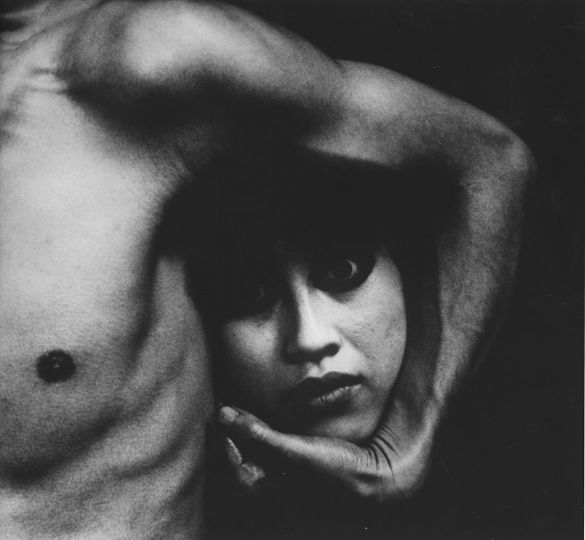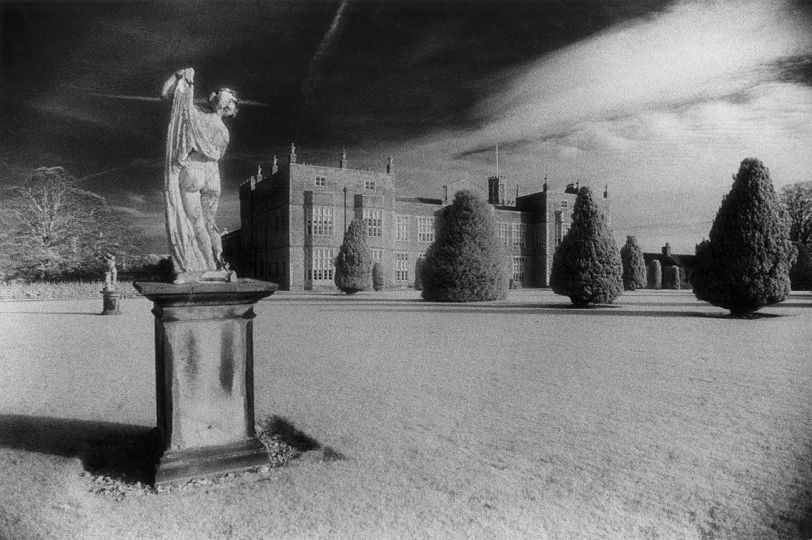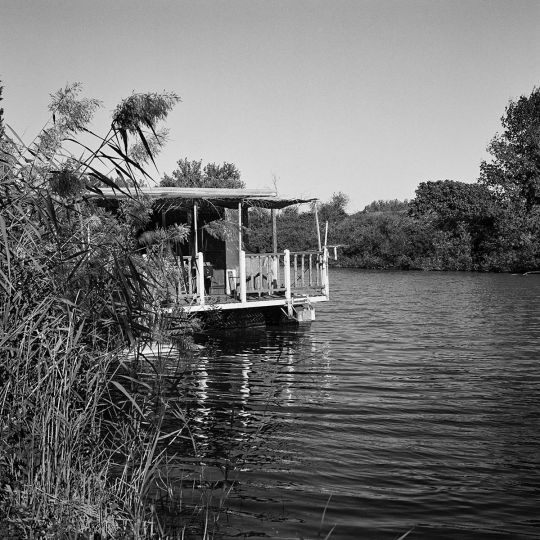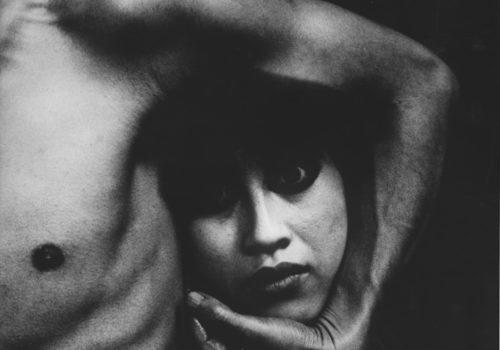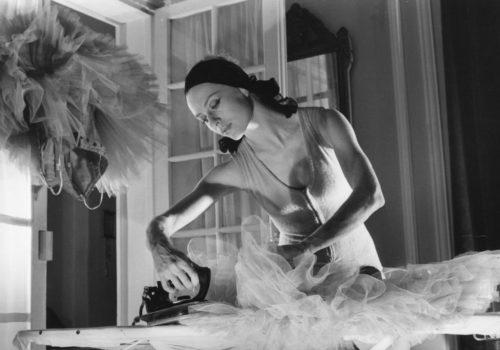A collection of rare photographs by Nadar, Shimooka, Suzuki, Disdéri, Beato and others are exhibited at The London Photograph Fair, from 19 – 20 May at The Great Hall, King’s College, in London.
For this year’s edition of the The London Photograph Fair, collector Daniella Dangoor presents 40 rare photographs of Samurai. It should be noted that most photographs purporting to be of Samurai, and often used as illustrations in books and magazines, are nothing of the kind. They were taken well after 1877, when the Samurai system was abolished, in commercial studios, with actors or studio assistants dressing up in Samurai clothes and armour, for the benefit of the tourist trade.
These however, are images of genuine Samurai, taken 1860 – 1877. The collection has been researched and catalogued by Sebastian Dobson, one of the world’s leading authorities on early photographs of Japan. Several prints constitute the only known copies, with most of the rest known in only a few copies, held in museums and private collections.
The photographs in the collection offer a rare glimpse into the vanishing world of the Samurai, including a group of Samurai gathered around a map during the civil war; the half-brother of the last shogun, photographed in Paris where he was sent as a special emissary; a portrait of a female samurai as well as a portrait of a rōnin, the masterless samurai who were often forced to eke out a vagabond existence on the edge of society, offering their swords for hire.
In a portrait taken by the Japanese photographer Suzuki Shin’ichi I in Yokohama in the mid 1870’s, a young Samurai glances wistfully into the distance. The era of the Samurai was nearing its end and the occupation and the role he had trained and prepared for since childhood was about to be rendered obsolete. The introduction in 1873 of compulsory military service for all Japanese males, regardless of class, had made the samurai an anachronism.
Japan was changing. The country had until 1853 been completely closed to all foreigners. The Dutch were the only Westerners permitted to trade with Japan and a small group of employees of the Dutch East India Company were corralled on the artificial island of Deshima constructed for their exclusive use in Nagasaki in 1636.
The opening of the country’s borders would lead to a modernization process and a civil war that would see the overthrow of the Shogunate in 1868. The Shoguns had been the de facto rulers of Japan since the 12th Century, ruling in the name the emperor. The Shogun’s military might depended on the Samurai. As a warrior caste, war was their raison-d’être, so the so-called Age of Warring States (Sengoku Jidai) with almost constant civil war between contenders for the shogunate during 1460 and 1603 represented a sort of golden age.
The installation of the Tokugawa shogunate in 1603 enshrined their position at the top of the social order, but the ensuing 250-odd years of peace would see them take on other roles as well, as administrators, bureaucrats and scholars, the latter playing an important role in the diffusion of photography in Japan.
London Photograph Fair
Hours :
Saturday 19 May: 10 am – 7 pm
Sunday 20 May : 10 am – 4 pm
Tickets :
2-day pass : £ 10 (entrance from 10 am) or £ 5 (entrance from 11 am)
Free entry after 2 pm
Informations : www.photofair.co.uk/special-edition


